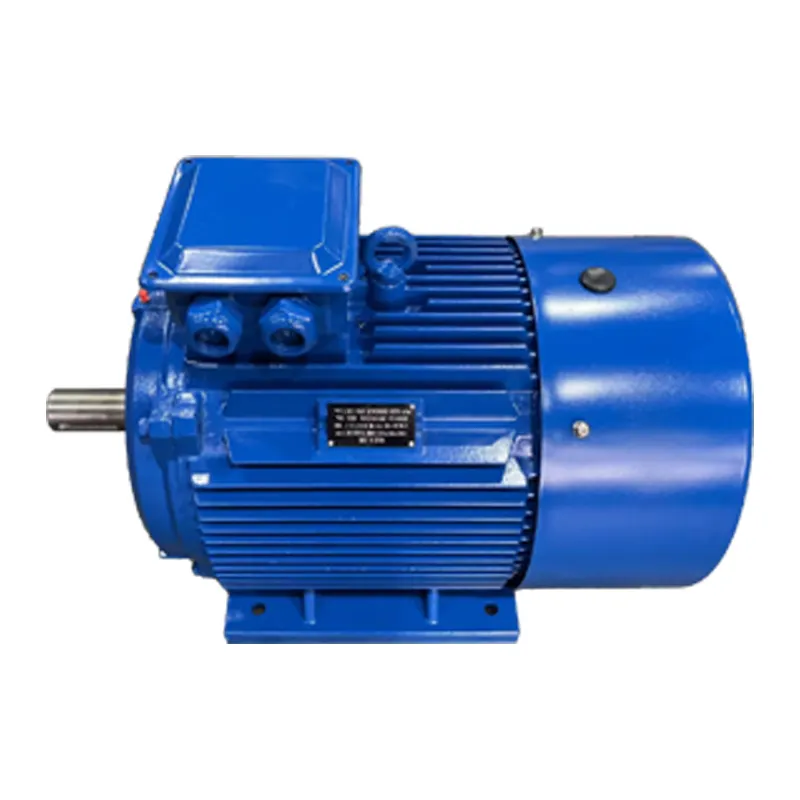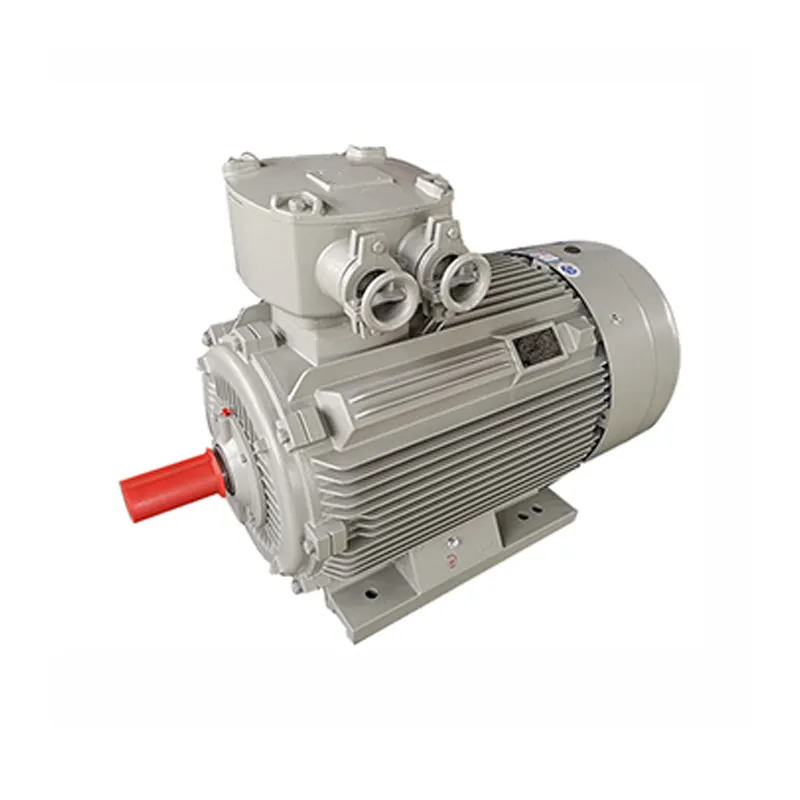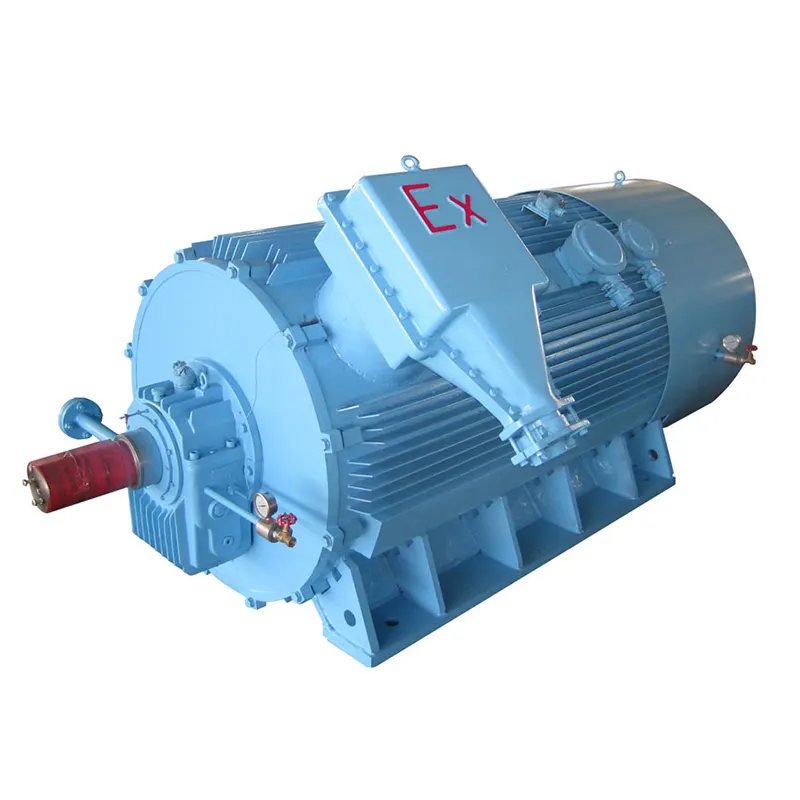High voltage squirrel cage motors, operating at 2.3 kV - 13.8 kV, are essential in modern industrial power systems. Their design features a stator with specialized insulation, like epoxy - mica tapes, to handle high - voltage stress, and a rotor with a simple, maintenance - free squirrel cage structure.
These motors offer significant performance benefits. They provide high starting torque, crucial for powering heavy - duty equipment such as pumps and compressors. Their efficiency is also remarkable, reaching up to 95 - 97% in modern models, thanks to reduced current and I²R losses at high voltages. This leads to substantial long - term energy savings in industries like mining, petrochemicals, and power generation.
In the mining industry, they power conveyor belts and pumps, enduring harsh conditions. In petrochemical plants, they drive compressors and agitators for efficient hydrocarbon processing. Power plants use them for auxiliary equipment, enhancing overall reliability.
However, high voltage squirrel cage motors have challenges. They require a high initial investment due to specialized design, and their installation and maintenance demand strict safety protocols and expertise. To overcome these, manufacturers use CAD and FEA for optimized designs, and integrate smart monitoring systems for predictive maintenance.
The future of these motors involves more integration with variable frequency drives for speed control and energy savings. Advancements in materials like high - temperature superconductors also promise smaller, more efficient models. Overall, they remain vital for heavy - industry operations, continuously evolving with new technologies.


